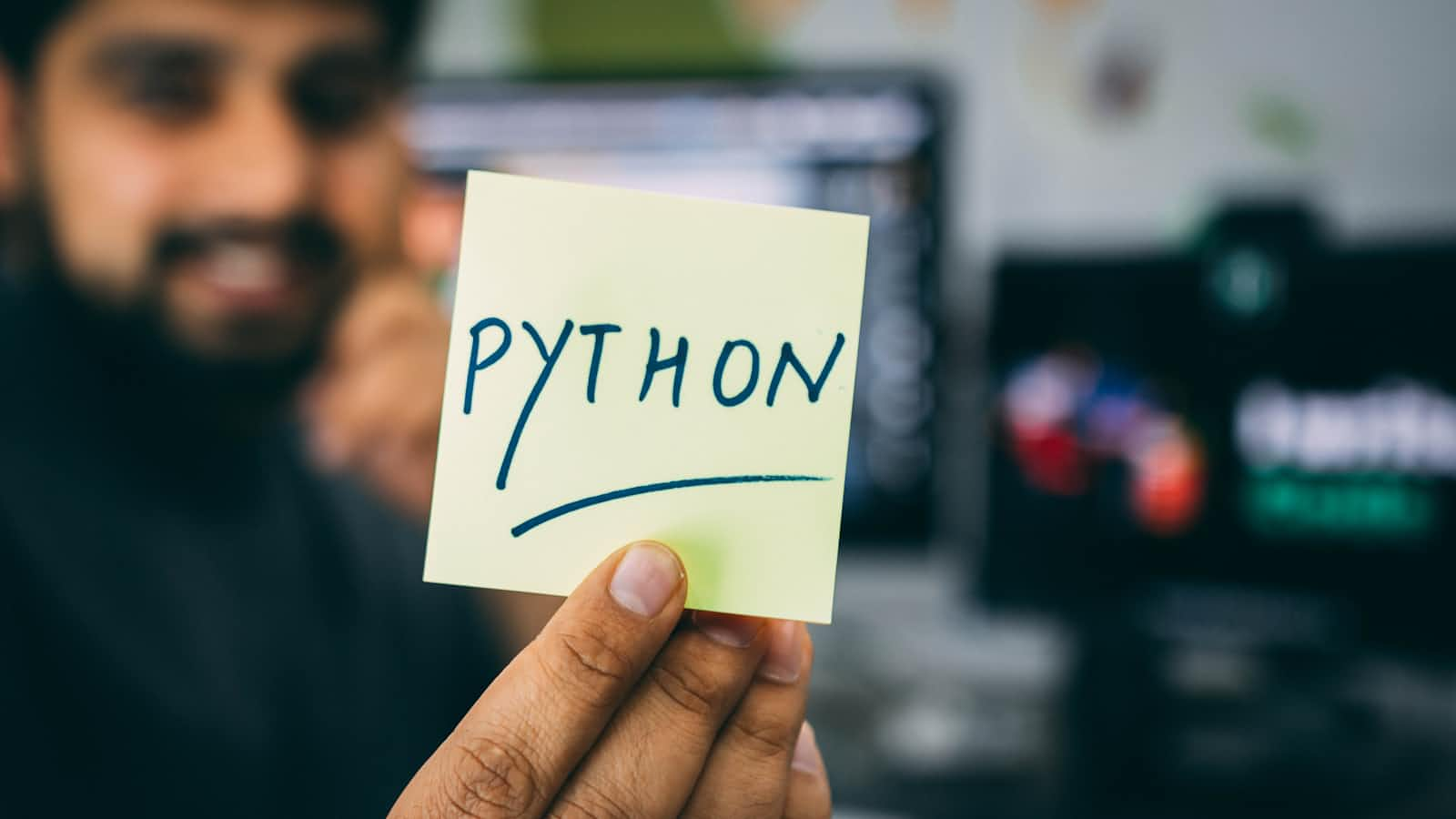Introduction to Loop Controls in Python
In the realm of Python programming, loop controls are indispensable tools for managing the flow of code execution. From iterating over collections to implementing conditional statements, loop controls empower developers to wield precise control over their code.
Understanding the Basics: What Are Loop Controls?
The Essence of Loop Controls
Loop controls, as the name suggests, enable programmers to regulate the iteration process within loops. In Python, there are primarily three types of loop controls:
Break: This statement allows the termination of a loop prematurely based on a specified condition. When encountered, the break statement immediately exits the loop, regardless of the loop's completion status.
Continue: Contrary to break, the continue statement skips the current iteration and proceeds to the next iteration within the loop. It enables developers to bypass specific iterations without exiting the loop altogether.
Pass: While not a traditional loop control, pass serves a similar purpose by acting as a placeholder for future code implementations. It essentially does nothing and allows the loop to continue execution without any interruption.
The Power of Loop Controls in Python
By leveraging loop controls, Python developers can optimize code efficiency and enhance program logic. Whether it's breaking out of nested loops, skipping iterations based on certain conditions, or simply maintaining code structure, loop controls offer unparalleled flexibility and control.
Mastering the Application: How to Use Loop Controls in Python
Utilizing the Break Statement
The break statement is particularly useful when a loop needs to be terminated prematurely. Consider the following example:
for num in range(1, 11):
if num == 5:
break
print(num)
In this scenario, the loop will iterate from 1 to 10, but once num reaches 5, the break statement will halt the loop execution, resulting in the output:
1
2
3
4
Harnessing the Power of Continue
On the other hand, the continue statement allows for the skipping of specific iterations based on conditional checks. Take a look at the following illustration:
for num in range(1, 11):
if num % 2 == 0:
continue
print(num)
In this example, the loop iterates through numbers 1 to 10 but skips even numbers. Consequently, the output will be:
1
3
5
7
9
Integrating Pass for Future Implementations
While pass may seem trivial, it serves a crucial role in maintaining code structure and facilitating future expansions. Consider the following code snippet:
for item in iterable:
if condition:
# Placeholder for future implementation
pass
# Additional code logic here
In this scenario, the pass statement acts as a placeholder, ensuring that the loop structure remains intact while providing a space for future code enhancements.
Conclusion
In conclusion, loop controls are indispensable assets in the Python programmer's toolkit. By mastering the intricacies of break, continue, and pass statements, developers can unlock new levels of efficiency, flexibility, and control within their code. Whether it's streamlining iterative processes, implementing conditional logic, or planning for future expansions, loop controls empower programmers to craft robust and elegant solutions.

